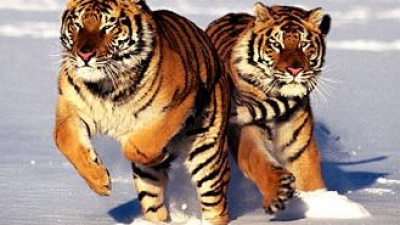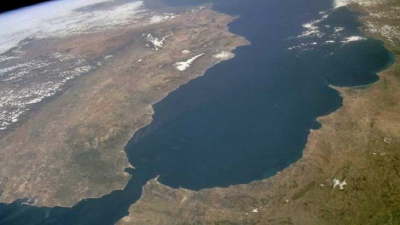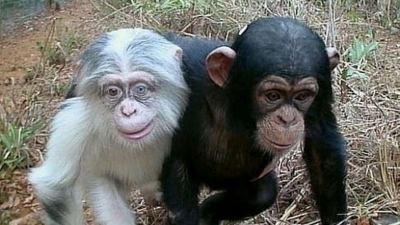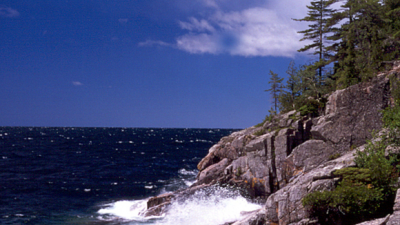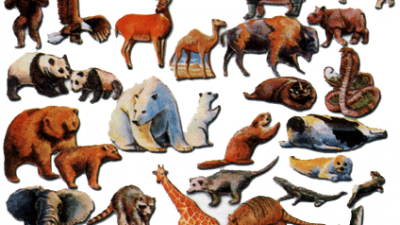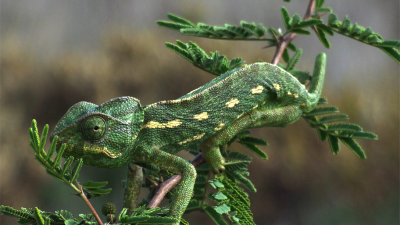The most impressive extinct animals
|
OTHERS
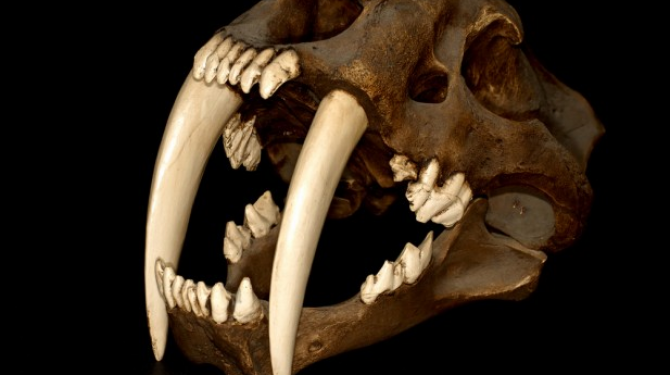
Source: listas.20minutos.es
For millions of years numerous species of animals have populated our planet and have also become extinct, whether by natural selection, climatic changes, lack of adaptation, mass extinctions or any other reason such as the action of man. Thanks to the fossils found we can get an idea of how some of the most spectacular animals that have existed in Earth's history were.
TOP 25:
Dimorphodon
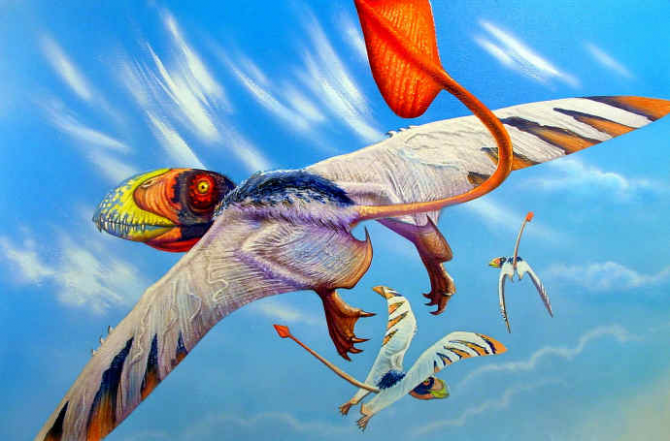
Dimorphodon had an approximate wingspan of 1.4 m and a length of 1 meter, counting the tail.They had a large and bulky skull, whose weight was reduced thanks to the presence of large cavities separated by thin bony walls. He lived in the early Jurassic period, 180-200 million years ago.
TOP 24:
Brontoscorpio
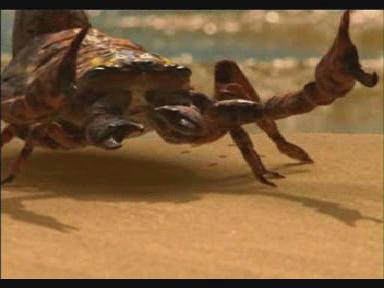
It is an extinct genus and species of one-meter-long aquatic scorpion that lived during the Silurian period in the United Kingdom. Its appearance is that of a large current scorpion, but with relatively large compound eyes. It has been estimated that the whole animal should have been at least 90 centimeters long.
TOP 23:
Glyptodon
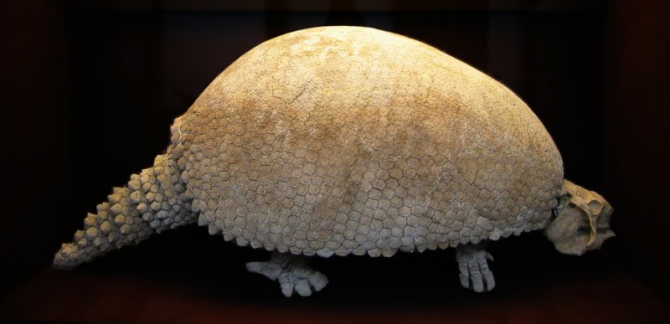
This animal, related to the current armadillos, was native to South America. The glyptodonte measured about 3 m and weighed about 1.4 t, being equivalent in shape and size to a Volkswagen Beetle. It was herbivorous and, by its constitution, it is assumed that it was not very agile. His defense against predators was based on his rigid shell. Different species are distinguished by patterns and types of shells. For millennia, many of these shells remained empty along the plains of Uruguay, Rio Grande do Sul and Argentina, probably serving as a refuge for the primitive humans of the region. It was extinguished approximately 10,000 to 8,500 years ago due to its adaptive inefficiency.
TOP 22:
Livyatan Melvillei
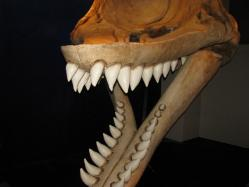
Livyatan Melvillei is an extinct genus and species of dentate cetacean (odontocete), discovered in 2008 in present-day Peru. It is a superpredator with the largest teeth found of any animal known so far. With a size 3 times larger than a current killer whale, it probably rivaled the dams and faced the one considered so far the largest predator of the sea that has existed, the Carcharodon Megalodon. At the moment no more fossil remains of this extinct animal have been located, however, due to the size of the skull, the researchers estimate that the Livyatan Melvillei was between 14 and 17.5 meters long and could reach 100 tons in weight .
TOP 21:
Helicoprion
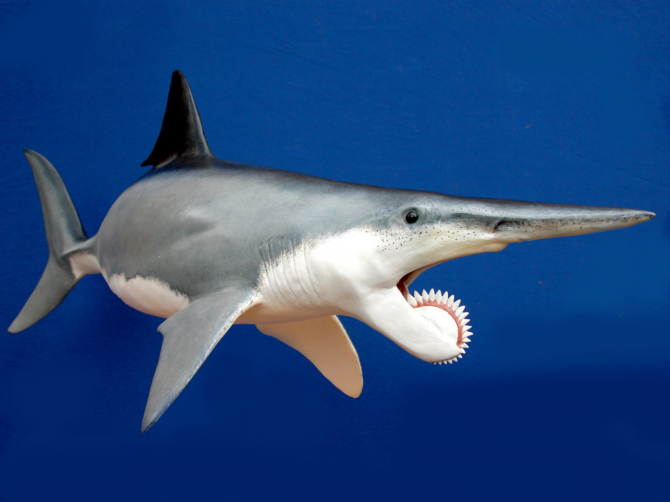
Helicoprion is an extinct genus of sharks-like fish that first emerged in the Oceans of the Upper Carboniferous (about 280 million years ago) and ended up becoming extinct in the Upper Triassic about 225 million years ago. The teeth were sawn, which implies that these animals were carnivorous. Since a skull is currently unavailable, its feeding form or predation techniques fall within the field of speculation. One hypothesis is that he fed on ammonites and that his teeth were specialized in the task of breaking the shells of these animals.
TOP 20:
Jaekelopterus
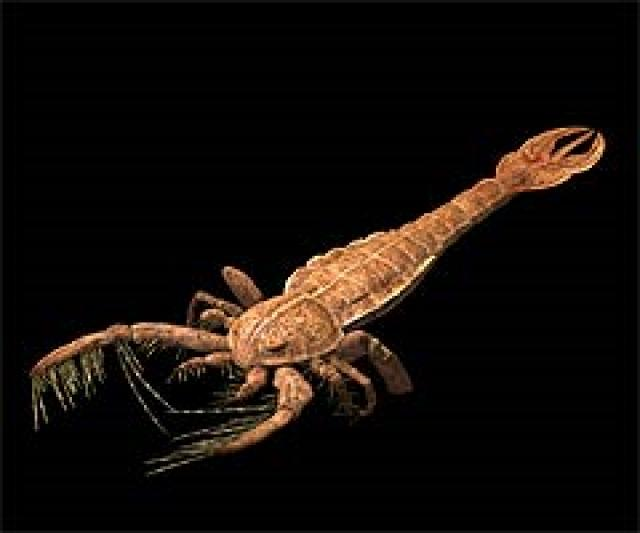
Jaekelopterus rhenaniae is an extinct species of sea scorpions. Considered as an ancestor of the scorpion, it had an estimated length of 2.5 meters with about 180 kg in weight, it is one of the two largest arthropods discovered. It had a 46 cm clamp and would be one of the largest predators of its time. It is possible that he hunted fish, trilobites, other sea scorpions and even the ancestors of tetrapods.
TOP 19:
Meganeura
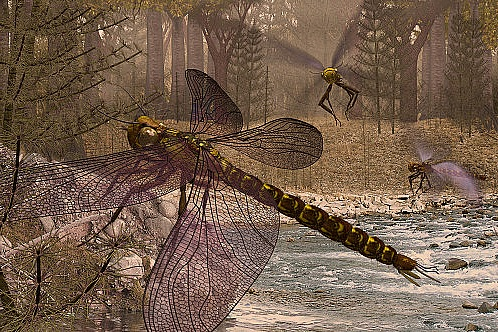
The Meganeura Monyi is a species of giant dragonfly that lived 300 million years ago in the Carbonifero period. Its wingspan of almost 80 centimeters make it the largest species of insects known to have existed on earth, its weight would be around 150 grams.
TOP 18:
Haast eagle
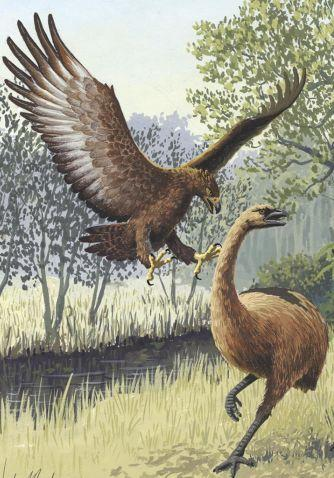
It is an extinct eagle genus and species that once inhabited the South Island of New Zealand. This was the largest eagle known. Its main prey was the moas, gigantic non-flying birds that were unable to defend themselves against the force of shock and the speed of these eagles, which could reach a speed of 80 km / h. The large size of the eagle may have been an evolutionary response to the size of its prey, as it would have been substantially smaller when it arrived on the island, and then grew substantially over time due to lack of competition (see island gigantism). Haast's eagle became extinct in 1400 AD, when its main food source, the moas, were hunted until extinction by the Maori and most of their dense forest habitat was devastated.
TOP 17:
Archelon
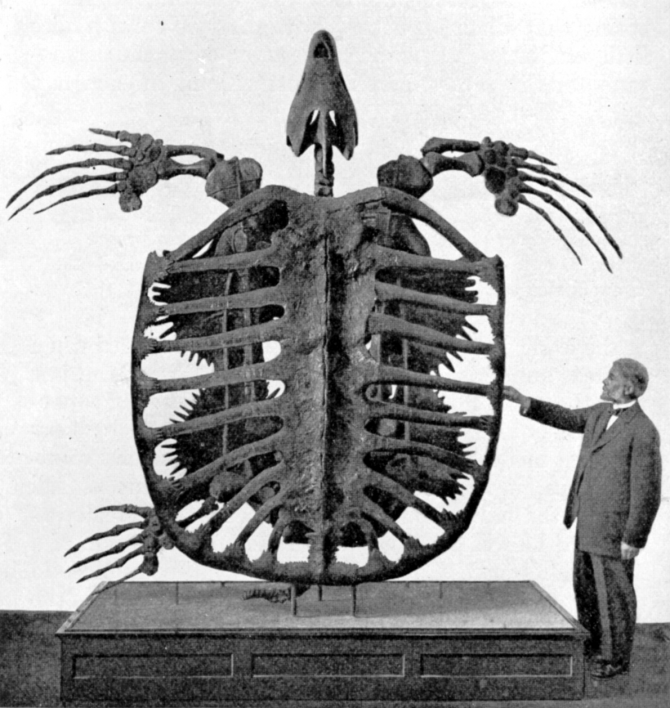
These turtles were gigantic, could measure up to 4.5 meters in length, inhabited mainly in North America at the time of the Upper Cretaceous (between 75 and 65 million years ago).
TOP 16:
Arthropleura
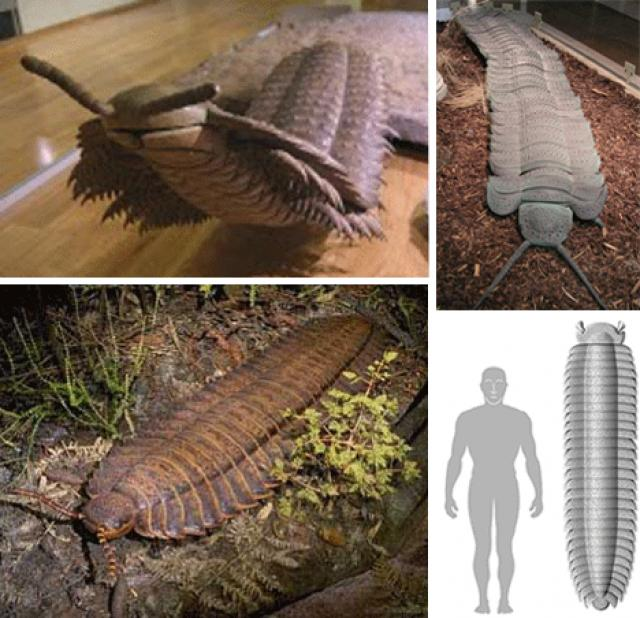
Arthropleura is a species of giant millipede in the family of arthropleurids that lived in the Carboniferous period (340-280 million years ago) in what is now North America and Scotland. With a length of between 0.3 and 2.6 meters and a weight close to 300 kilos, they are the largest known terrestrial invertebrates of all time.
TOP 15:
Cave Bear
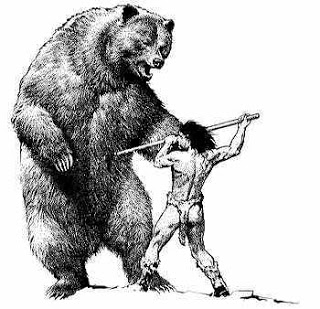
The cave bear or cave bear (Ursus spelaeus) is a giant extinct animal that inhabited Europe from Spain to the Urals and disappeared 27,800 years ago. The name comes because most of the fossils of this animal have been found in caverns or caves, which indicates that this species spent much more time in this environment than its relatives. The males reached up to 3 meters tall in an upright position and frequently exceeded 440 kg in weight, up to 600 in pre-hibernation (triple a medium sized brown bear), it is believed that their life expectancy was around at 20 years of life.
TOP 14:
Quetzalcoatlus
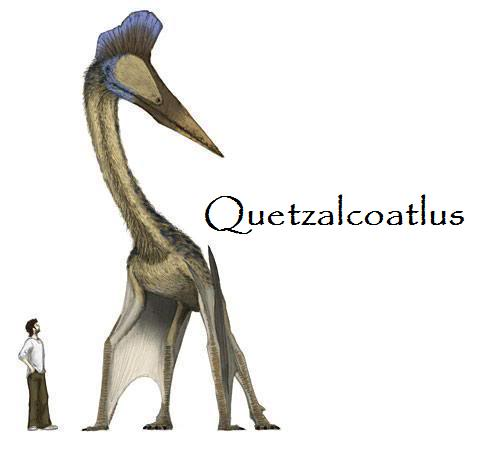
Named for the Aztec deity Quetzalcoatl, it is undoubtedly one of the greatest creatures that have ever flown through the skies of this planet. The Quetzalcoatlus measured up to 14m in size (from one end of the wing to the other) and weighed between 70 and 100kg.
TOP 13:
Sarcosuchus Imperator
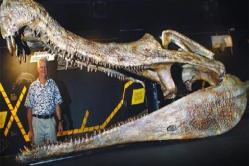
The emperor crocodile (Sarcosuchus imperator, "fleshy emperor crocodile", also known as "SuperCroc") is an extinct species that lived during the Cretaceous period of the Mesozoic Era, approximately 110 million years ago, in the area that currently comprises the desert of the Sahara The total length of a crocodile's body corresponds to approximately 8 times the length of its skull. Since the skull of the Sarcosuchus imperator reached up to 1.80 m in length, it follows that its total size should have reached approximately between 11 and 12 meters long (it took them between 40 and 50 years to reach its final size).
TOP 12:
Dunkleosteus
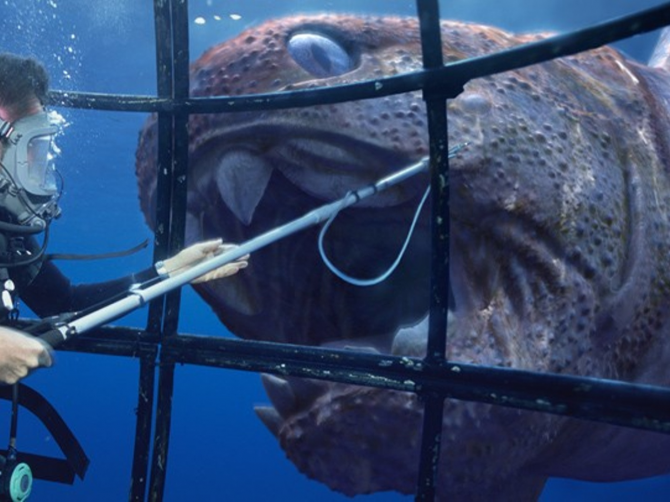
The Dunkleosteus was a silver armor fish that could reach ten meters, a four-ton monster. Although they had no authentic teeth, he had two long bony blades in his mouth to break and crush any creature that bumps into him, it is estimated that the bite of this fish could reach 5,000 kilos of force, twice the force of the Great white shark
TOP 11:
Gigantopithecus blacki
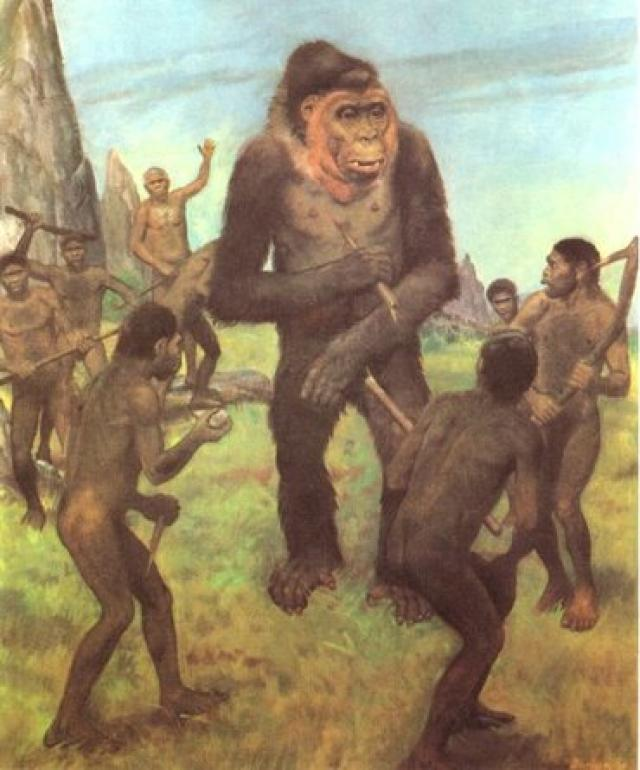
With the scientific name of Gigantopithecus blacki, it is called a gigantic species of already extinct primates that lived in Asia and that coexisted with the first human beings. With its 3 meters high and about 600 kilos it is considered the greatest ape that has existed. Some researchers believe that it may be the animal behind the Bigfoot myth.
TOP 10:
Paraceratherium
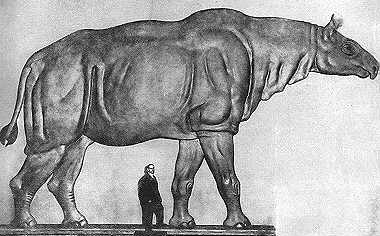
They would be the largest land mammals of all time, with a height of five and a half meters at the cross4 and seven and a half meters at the head, and eight meters in length (not counting the tail). The estimates of the weight of the paraceraterios vary, but range around fifteen tons. Animals of this genus appeared in Central Asia during the first half of the Oligocene period, approximately thirty million years ago, and became extinct in the middle of the Miocene period, 16.6 million years ago.
TOP 9:
Spinosaurus
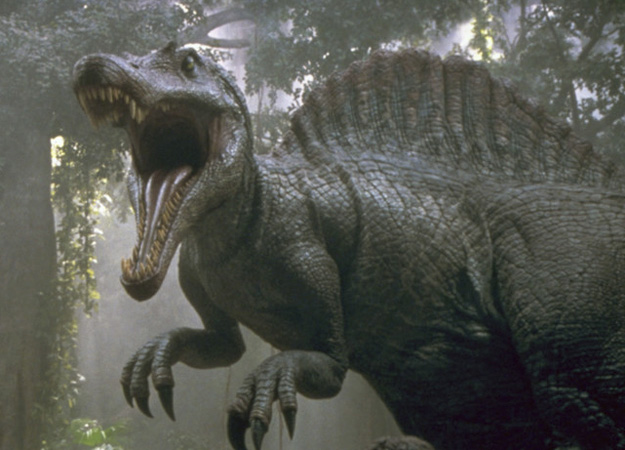
The Spinosaurus is probably the largest land predator that has ever existed. With measures estimated at 12.6 to 18 meters in length and 7 to 20.9 tons in weight, this carnivore lived in North Africa approximately 112 to 97 million years ago.
TOP 8:
Argentavis
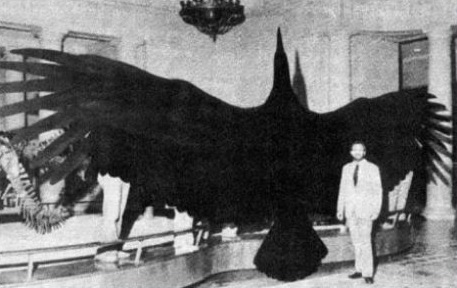
The scientific name of this gigantic bird is Argentavis magnificens (magnificent Argentine bird) because its first fossil was found in Argentina in 1979 and this species was unknown until then. With a height of two meters, a length to the tail of 3.5 meters, a weight of more than 70 kilos and a wingspan that could reach up to 8 meters it is believed that the Argentavis is the largest flying bird that has existed . He lived between 23 and 5 million years ago. Their eggs could weigh 1 kg and as an adult their feathers would exceed one meter in length.
TOP 7:
Liopleurodon
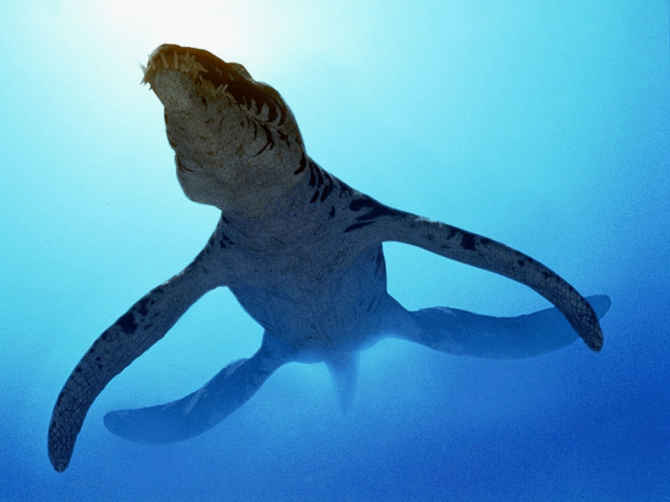
Liopleurodon (means "teeth with smooth faces") is a genus of pliosaurid plesiosaurs that lived in the Middle Jurassic (approximately 160 and 155 million years ago), in what is now Europe. With its 25 meters and a mouth of 3 meters in length, the Ferox Liopleurodon is considered the largest carnivore that has ever existed, it is believed to be the king of the seas in prehistoric times.
TOP 6:
Titanoboa

With the scientific name of Titanoboa cerrejonensis in reference to its size and the place where its remains were found (in the Cerrejón coal mine, Colombia), it is the largest snake found to date. With a size close to 14 meters and an approximate weight above 1,100 kilos, the Titanoboa was a superpredator that lived between 58 and 60 million years ago in present-day Colombia and probably also in much of South America. The body of this snake could reach the meter wide.
TOP 5:
Sauroposeidon
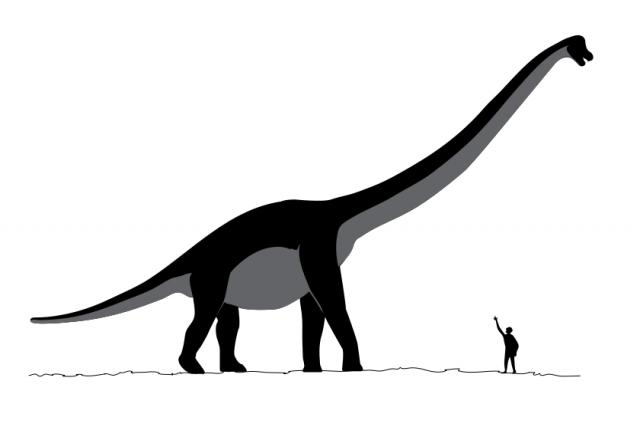
It was a quadruped herbivore with its front members longer than the later ones, a body design similar to the modern giraffe (but about 30 times larger than the largest known giraffe). Extrapolations based on his best known relative Brachiosaurus indicate that Sauroposeidon could reach 17 meters in height with a wide neck, making him the tallest known dinosaur. With an estimated length of up to 34 meters and a mass of between 50 and 60 tons, it also enters the group of the longest and heaviest.
TOP 4:
Smilodon
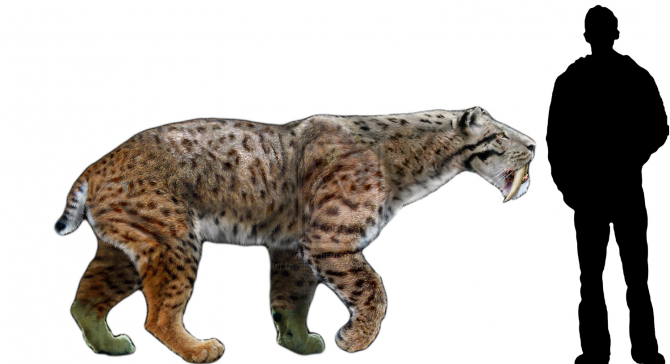
Smilodon is an extinct genus of saber teeth. The largest male of the Smilodon populator species could weigh up to 300 kg, rivaling the modern tiger for the greatest felid title of all time. The most distinctive feature is its huge canines, which make it one of the most popular prehistoric mammals. They are sometimes called saber-toothed tigers although in reality they were not tigers. They became extinct as a result of the climatic changes that took place at the end of the Pleistocene and the modification of the ecosystems that caused these changes, but it is possible that the arrival of humans also contributed to their extinction
TOP 3:
Megalodon
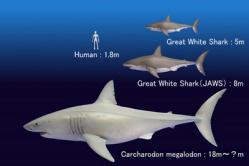
Also called megalodon, megadiente shark and giant white shark (Carcharodon megalodon) was a giant shark that lived probably between 20 and 1.5 million years ago. There is no doubt that he was the supreme hunter of the planet during the Miocene and Pliocene. The teeth are in many respects similar to those of the current white shark (Carcharodon carcharias), but with a size that can exceed 17.5 centimeters long (triple the teeth of the great white shark). Some fossils of Megalodon (only teeth due to their resistance to the passage of time) indicates that there could have been copies of Megalodon of 24 meters and fifty tons.
TOP 2:
Tyrannosaurus Rex
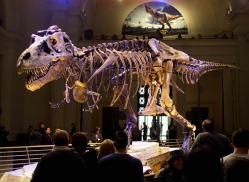
Although other theropods rival or exceed Tyrannosaurus rex in size, it is still the largest known tyrannosaurid and one of the largest known predators on Earth, measuring up to 12.3 meters long, 4 meters high to the hips, and with estimated weights between 6 to 8 tons.
TOP 1:
Mammoth
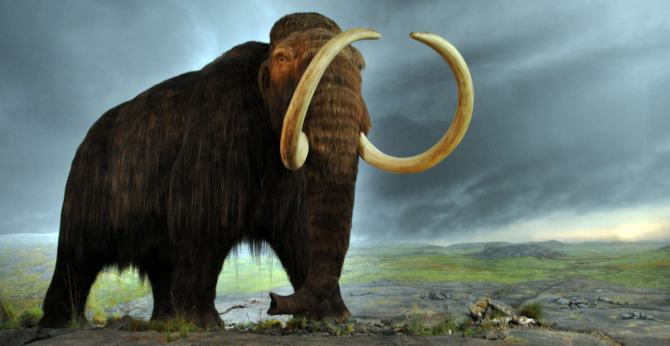
They existed for approximately 4.8 million years until just 3700 years before Christ. Numerous species have been described, the woolly mammoth being the best known of all. Mammoth fossils have been found in North America, Eurasia and Africa. The largest mammoth tusk of which is recorded is a woolly mammoth, whose length reached 5 meters. In 2005, a 3.3-meter-long mammoth tusk was discovered in Illinois. However, most species of mammoth were no larger than the current Asian elephant.





